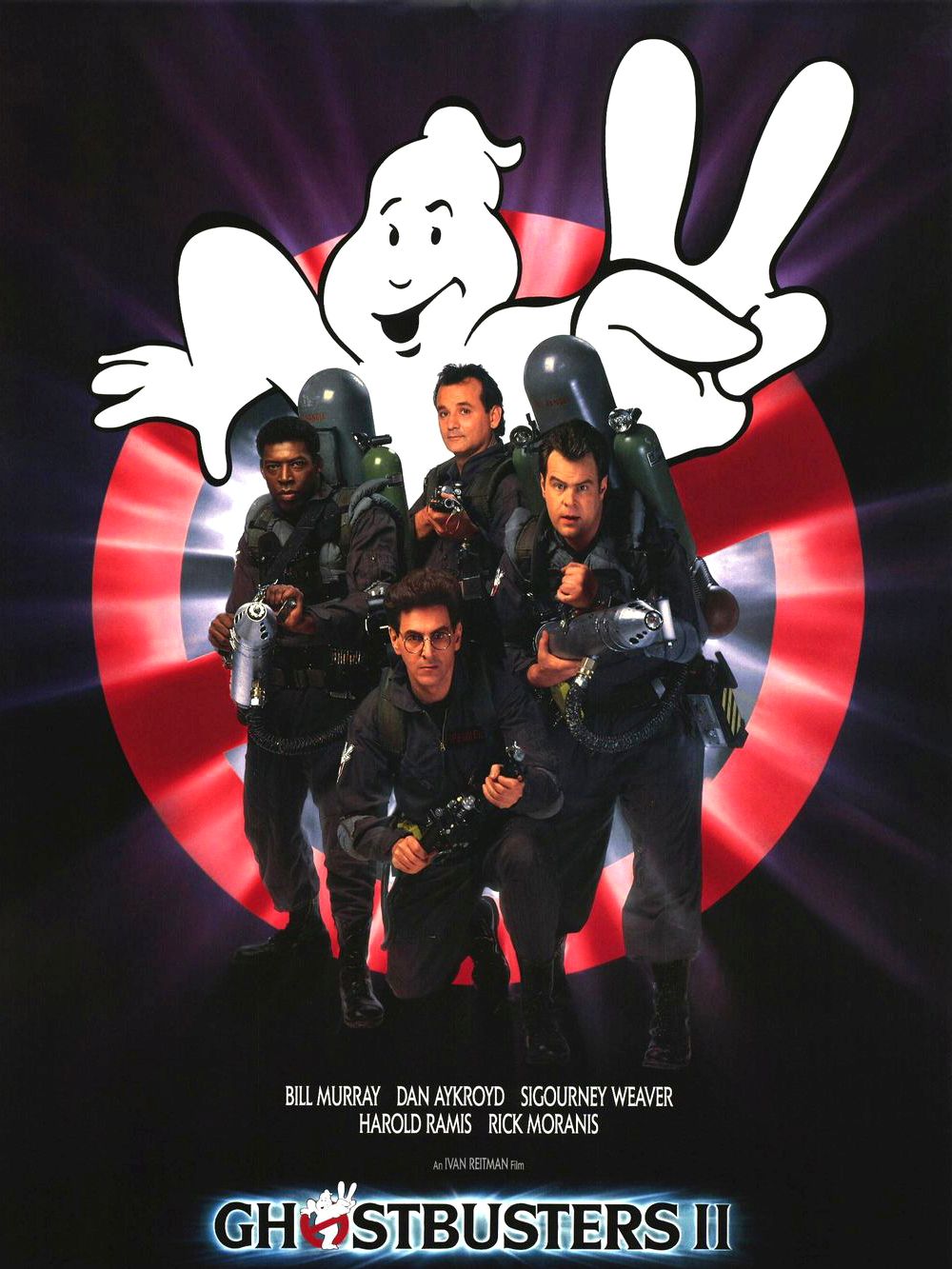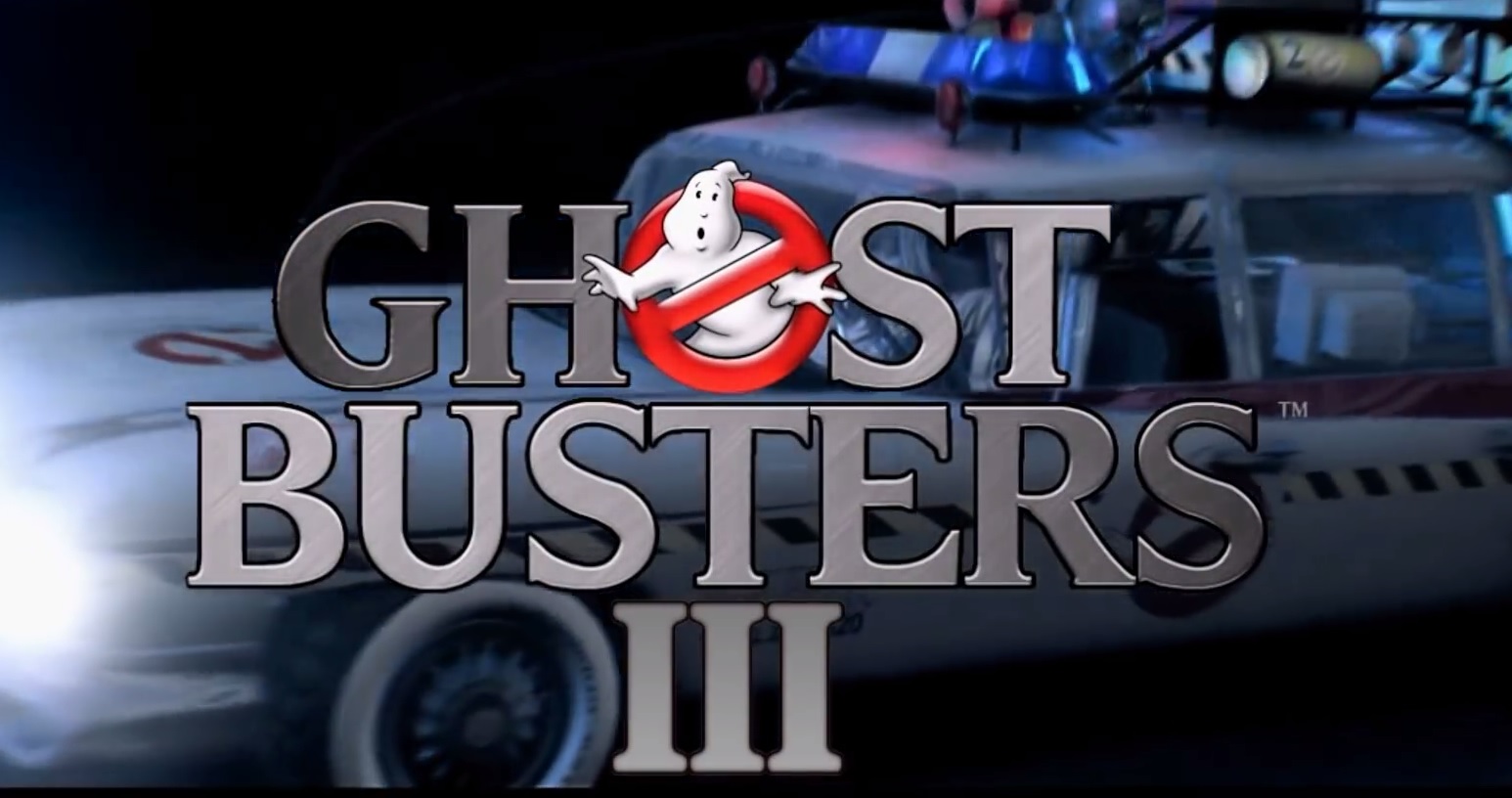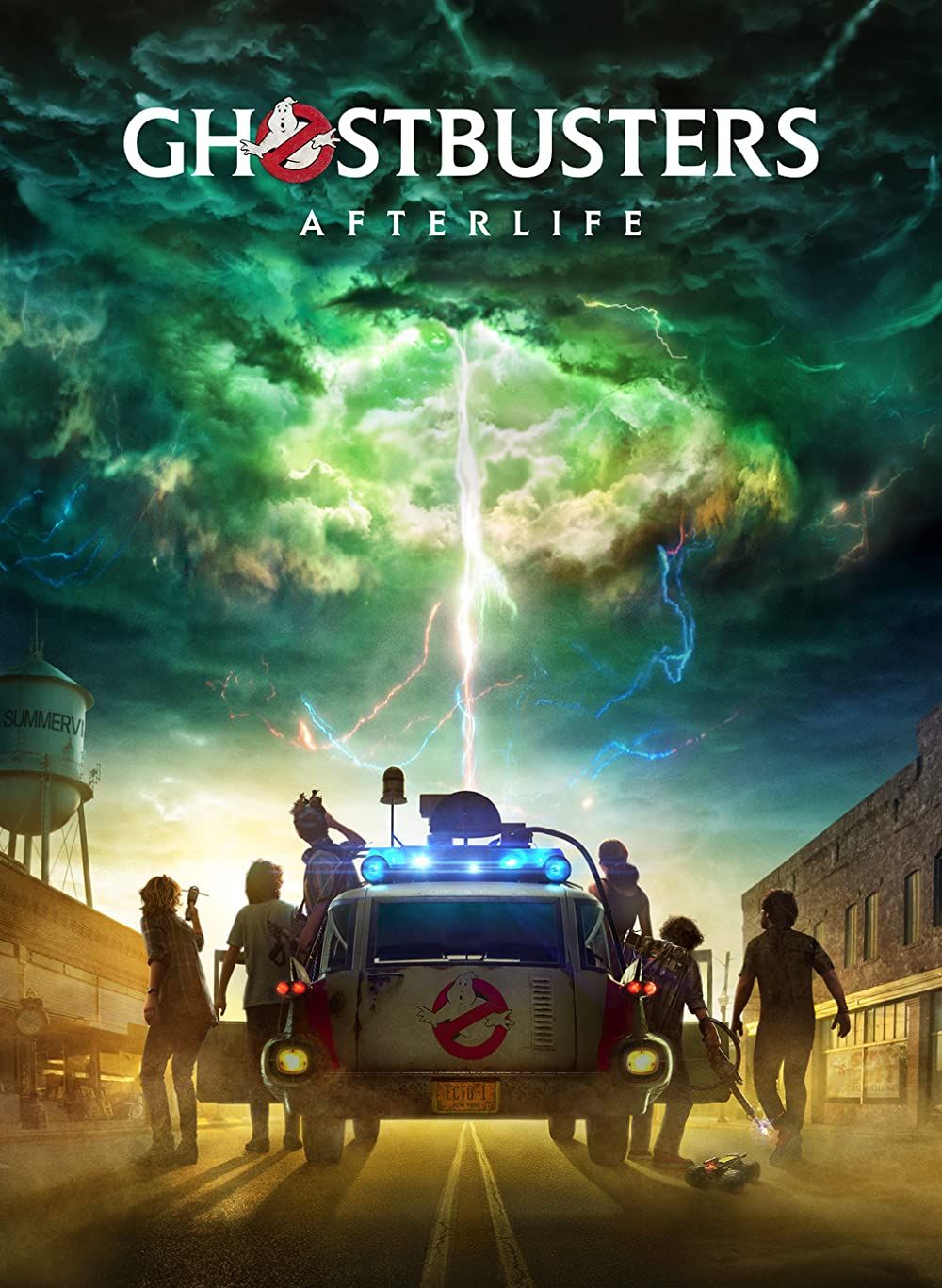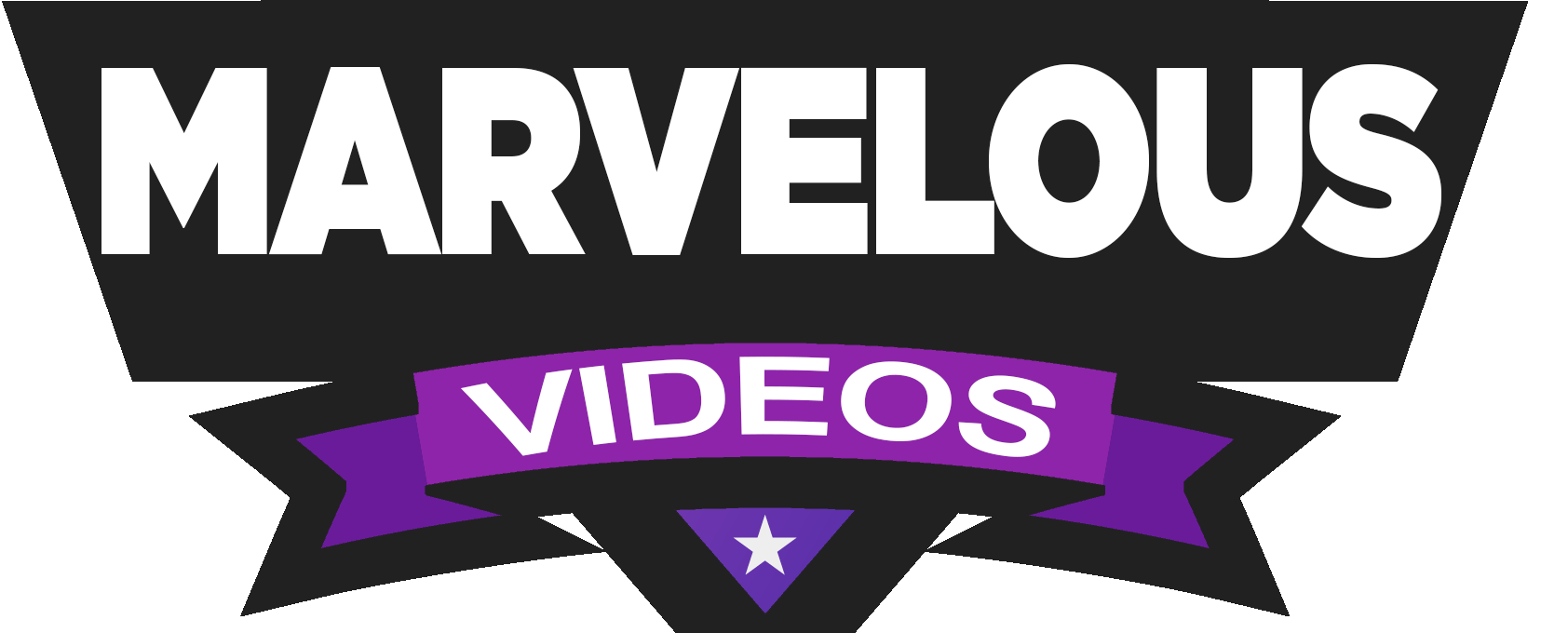For decades, our fascination with the supernatural has resulted in the production of countless horrible, horrifying/hilarious ghosts on screen and in print. Nearly Headless Nick, Casper the Friendly Ghost, Scooby-Doo with a blanket on his face. No ghost story, however, has ever achieved the transcendental acclaim that 1984’s Ghostbusters did.
This diverse sci-fi comedy was given life by Dan Aykroyd’s writing and Ivan Reitman’s vision, and it has since become the benchmark against which horror-based comedies are assessed. Many lines from the original film have become legendary, including “Who will you call?” and “Dogs and cats living together.” Ghostbusters has attained cult status thanks to the Ectomobile (which definitely influenced Dr. Emmett Brown’s DeLorean Time Machine).
It continues on in the shape of a multi-billion dollar franchise that spans every possible media domain some four decades after its premiere. Millions of fans continue to charge up their proton packs and attend conventions to express their gratitude for the influence that this humorous film has on their lives.
The Ghostbusters Universe encompasses a wide range of entertainment disciplines. The animated series The Real Ghostbusters (1986-1991) on ABC and BKN’s animated series The Extreme Ghostbusters on BKN brought Ghostbusters to the small screen (1997).
Ghostbusters II (also directed by Ivan Reitman) was released in 1989, and was followed by a slew of video games, ranging from Ghostbusters for the Commodore 64 to LEGO Dimensions for the PlayStation 4 and Xbox One. While a third film was planned, it was never made, and instead we got the 2016 revival.
With Ghostbusters: Afterlife set to hit theatres in 2021, the Ghostbusters franchise seems to be back in full force. Ivan Reiter is in charge of production on this one, and he’s vowed that it’ll “return the franchise to the fans.” With the release of Ghostbusters 2 on November 19, we at Marvelous Videos thought it would be fun to dig into the ectoplasmic pool of pleasure and enjoyment that is the Ghostbusters franchise.
They’re here to save the world: Ghostbusters (1984)

Peter Venkman (Bill Murray), Raymond Stantz (Dan Aykroyd), and Egon Spengler (Harold Ramis) are Columbia University parapsychologists with more than a passing interest in the paranormal.
They are certain that ghosts are actual entities and are desperate to prove it. However, an encounter with a gigantic ghost in the New York Public Library results in their dismissal, and our ragtag group of misfits resolves to make a livelihood fighting ghosts.
Now called “The Ghostbusters”, they operate out of a disused, run-down firehouse and develop advanced (and bizarre!) technology to combat their ectoplasmic foes. Their first capture takes place at the Sedgewick Hotel, and as paranormal activity keeps rising in New York, so does their fame.
Venkman tries to pursue Dana Barnett, one of their retainers, and competes with her neighbor Louis for her affection. They hire a fourth member, Winston Zeddemore (Ernie Hudson), to keep up with the sudden boom in paranormal activity. The Ghostbusters’ real trial arrives in the form of Zuul&Vinz: demigods and spirit entities that threaten to unleash a terrible evil on Earth from a different dimension.
They target Dana & Louis as their vessels, possessing them and attempting to perform some kind of ritual, but the Ghostbusters manage to keep them apart. However, things go awry when EPA lawyer Walter Peck (William Atherton) visits our dynamic quartet and accidentally sets all the captured ghosts free.
As a result, Vinz is able to catch up with Zuul and they summon their leader, Gozer the Gozerian, who starts destroying New York City. It’s up to the Ghostbusters to save the world from this supernatural threat.
It’s remarkable that Ghostbusters works as well as it does, given that Dan Aykroyd had to rewrite the script many times before it was released. His initial draught had a darker, more grounded tone to it, with a focus on assertive story-telling rather than humour.
However, when he pitched the idea to Ivan Reitman realized that the budget for the original script would cost “around $300 million” to produce, and encouraged Aykroyd to revise the story.
Aykroyd & Ramis re-wrote the film to resemble a sort of teenage, group-of-misfits-on-an-adventure vibe that was sprinkled with a heavy dose of borderline adult comedy. Being regulars on the sketch comedy show Saturday Night Live, the pair saw it as an opportunity to combine Aykroyd’s interest in the supernatural with “scientific” theories from the time and a bunch of unbridled, tummy-tickling zingers fit for audiences of all ages.
As part of their promotional campaign, the studio released the Ghostbusters commercial from the film with a 1-800 number that allowed people to actually call in. They would be informed that the Ghostbusters are now on a mission led by the voice of Murray or Aykroyd, and the call-in line has been receiving thousands of calls every day for weeks.
Aykroyd imagined the original ensemble to include fellow SNL member John Belushi as Venkman and Eddie Murphy as Zeddemore to complete out the quartet. Unfortunately, John Belushi died before production could begin, and Eddie Murphy declined the part in favour of Beverly Hills Cops.
This resulted in Bill Murray being cast as Venkman and Zeddemore’s role being re-written to come in halfway into the story. While these actors were comedy veterans, character actors like Sigourney Weaver and William Atherton got to show off their comedic chops in the movie, too.
Weaver, who was known as a serious actor for her prominence in the genre of drama, actually started off doing comedy, and was delighted to be able to showcase that side of her in the movie. At one point during the audition, she got on all fours and started acting like a dog, which convinced Reitman to hire her (and might have inspired a certain scene from the movie!).
Ghostbusters is a cute, car-crash of a movie that throws everything at the wall and hopes it sticks, which it does wildly enough! Blending science fiction, mysticism, and humour can be difficult, but Ghostbusters manages to sell itself without being taken too seriously by using just the proper amount of “Crap Science.”
The negatively-charged ectoplasm bodies of the Ghosts v/s the positively-charged proton packs of the Ghostbusters; even the crossing of the streams makes enough sense to set it up as this movie’s Chekhov’s Gun. And while the ghosts themselves are hilariously designed, this entire film rides on the shoulders of excellent improvisational comedy.
The Ghostbusters script can only be described as “notes”, because the cast of comics on set managed to improvise almost every joke, dialogue& punch line that made it into the film! From Spengler’s defense for trying to drill into Venkman’s head (“That would’ve worked if you hadn’t stopped me”) to the entire scene of Louis mingling with his party guests: all of it was ad-libbed on set! Most of Bill Murray’s lines are ad-libs as well; why else would Venkman exclaim, “Nice shooting, Tex!”.
Manhattan is, for all intents and purposes, the 5th Ghostbuster and the interplay between the SNL comics and New York in general is what first drew in audiences to the film. And who can forget the moment where Gozer the Gozerian finally emerged: we weren’t there to see it, but we imagine peals of laughter coming out of the theater as this God of Destruction “lays waste” to New York in the form of a giant Stay Puft Marshmallow mascot!
From the moment it opens with that haunting introduction, to the time we see Venkman tip the doorman at the end, there is not one moment of monotony in this film. From top to bottom, Ghostbusters plays like a hilarious fever dream with one of the best theme songs any franchise has ever had.
Be Ready To Believe Us – Ghostbusters II (1989)

The Ghostbusters have been forced out of business five years after saving New York from the wicked marshmallow monster Gozer. The state sued them for massive property damage, and they were prohibited from studying supernatural happenings.
The gang is dispersed: Ray owns an occult bookstore and collaborates with Zeddemore as the world’s worst children’s entertainment on the side. Spengler is experimenting with emotions, and Venkman is the host of a TV talk-show about psychics. Dana has a baby now, but it’s her ex’s, not Venkman’s; turns out, they broke up.
One day when she’s taking her son Oscar on a stroll, his baby stroller moves by itself and stops in the middle of a busy intersection, threatening his life and convincing her that ghosts are back. She contacts the Ghostbusters, while her boss Janosz plans to use Oscar as a vessel for the 17th-century sorcerer Vigo.
As the gang digs deeper into the site, they discover a weird slime that has taken over New York’s subways. When they collect a sample, the slime attacks them, and they barely make it out alive, but they’re shortly jailed for studying paranormal phenomena. At the hearing, the slime manifests two ghosts, and the Ghostbusters make a deal with the authorities: they’ll capture the ghosts if they’re set free.
After restarting their business, they figure out that the slime is a product of the negative emotions of New Yorkers and is being manipulated by Vigo. The gang loads up as New York City’s streets fill up with slime for their final showdown. They reanimate the Statue of Liberty with positively-charged slime and proceed to rescue Dana & Oscar while taking down Vigo for once and for all.
The creation of Ghostbusters II was hampered by various factors, the most well-known of which being actor Bill Murray’s aversion to sequels. Murray indicated in several interviews that he would not be reprising his role as Venkman, and a replacement was planned at one time, but he eventually joined the ensemble after Aykroyd & Ramis took over screenplay duties.
What’s more, the movie ended up conducting several re-shoots after initial screen tests, which muddied the waters further. Unlike the previous film which saw the cast shoot scenes without permits, this project was whole-heartedly supported by the city’s authorities, who granted them permission to film at Manhattan’s Second Avenue at a time when Soviet Union Premier Mikhael Gorbachev was visiting the city.
Filming wrapped up quicker than the first project as well, taking about half the time as compared to the original Ghostbusters movie. This project contained several references to the first movie and the extended Ghostbusters universe, including the animated cartoons. Slimer- Aykroyd’s tribute to the late John Belushi- was officially introduced as the Ghostbusters’ pet in Ghostbusters II; something that had only been shown on the animated series The Real Ghostbusters so far.
The scene with the possessed coat was actually supposed to feature in the first film during a fashion show but ended up getting repurposed due to time constraints. Ghostbusters II featured a whopping 200 special effects sequence and ended at a budget of $30-40 million.
Whereas the first Ghostbusters explored new ground in film and humor, Ghostbusters II was just…there. This film was beset by a seemingly continuous cycle of rewriting and reshooting large sections of the screenplay. In an April 2021 interview, Bill Murray claimed that the movie’s plot had changed so much over the course of its development that ultimately, it became something the original cast hadn’t signed up for.
Ghostbusters II played off of the affiliated universe a bit too much in trying to cater to its younger audience. While the special effects were impressive for the time, the overall story followed a similar formula as the first film. That being said, this movie let its characters breathe a bit more.
Murray’s Venkman is still the resident wise-crack of the group, busting out one-liners like no one’s business, though he isn’t as prominent as you’d expect, which lets the other comics flex their funny muscles. This is especially true for Ramis’ Spengler, who in many ways holds this film together.
It’s nice to see that the Second City Spirit hasn’t left him and Aykroyd, who play off each other’s sense for improvisational comedy and create some of the most memorable moments of the film. Just like the original film, Ghostbusters II is car-crash as well, albeit less noisy & more of a gentle thump than a crash. Though we must admit when Venkman wills the Statue of Liberty to life with the power of love, we burst out laughing.
Ghostbusters II isn’t a bad film by any means; it’s just…there. The comedy that made the first film so endearing was still there, but that was about it, which left the viewers and the cast disappointed. Ghostbusters II wasn’t as successful as the first film, either, grossing $60 million lesser than the first film, and the franchise’s future seemed uncertain for a long time.
Ghostbusters Unmade Third Movie

We’re not talking about the Melissa McCarthy-led remake from 2016, but rather a serious second installment. Despite the fact that Ghostbusters II failed to impress reviewers, the franchise had grown so large that a third film felt inescapable. After all, The Real Ghostbusters broadcast for four years and enthralled a whole generation of young viewers, and Ghostbusters gear has always been in great demand.
Aykroyd did develop a script for the sequel, but while the studio was interested, the cast was not. Dubbed Ghostbusters III: Hellbent, it would have seen the cast transported into a hellish alternate version of Manhattan called “Manhattan”. Manhattan would look a lot like Manhattan in its structure, but nothing like it in design.
Aykroyd legitimately imagined hell on earth, transforming the landscape itself to resemble our understanding of eternal damnation. This movie would have seen the original Ghostbusters expand into a full-fledged organization, complete with a fleet of automobiles and everything.
The OG squad would have to face evil doppelganger versions of themselves and the final showdown would be with the Devil himself: Lucifer. This never came to pass, however, as the budget demand for such an ambitious project would have been obscene, and toning things down just made the project sound asinine.
For instance, in one revision, Manhelltan subjugated its residents to damnation by gridlocking them in…traffic. This, and most budget cuts, derailed the Hellbent version of the sequel. Other titles like Ghostbusters: The Bright &The Best and Ghostbusters: Alive Again would focus more on a new generation of ‘Busters.
This idea was first planted in Hellbent but bloomed in these iterations. The Bright &The Best would have seen a new generation of Ghostbusters tackle a scientific causational event that can only be understood from their perspective, effectively passing the torch to them. Alive Again would have seen Peter’s son become a Ghostbuster, following the premise of a changing of the guard for the franchise.
Aykroyd pursued this sequel till the 2010s came around but to no avail. A sequel did arrive in the ’90s, but it was for the animated series. The year-long Extreme Ghostbusters saw fresh faces take over the mantle of Ghostbusters, with Spengler as their mentor. This animated series gave us a taste of the future of the Ghostbusters franchise and maybe what inspired the upcoming installment in its cinematic universe.
Ghostbusters: Afterlife (2021)

We haven’t seen the red slash over a cartoon ghost emblem in over 5 years; or 30, if you believe Paul Rudd’s character in the teaser. In 2019, the trailer for Ghostbusters: Afterlife was released, and it is both interesting and exciting. If you’ve been keeping up with any news about video games, you’ll know that recently, the iconic hack-and-slash series God of War was reimagined in a way that’s never been done before.
God of War (2018) was both a sequel and a reboot for the franchise. We followed our beloved, bloodthirsty, war-crazed Spartan Kratos into the realms of Norse mythology and…parenthood. The game continued the story of Kratos and introduced his son, Atreus.
In a way, the game follows the journey of Kratos& Atreus, exploring a new generation of godhood while co-existing with the old. Afterlife looks to be going on a similar path. The film will follow the story of Callie Spengler, Egon’s daughter, and her children Phoebe & Trevor.
They’re evicted from their home and move to Oklahoma to live in their grandpa’s home, and soon realize that their family history is steeped in more mystery than they could’ve imagined. They learn that the small town has been the sight of frequent, unexplained earthquakes.
These earthquakes, not understood in scientific terms by anyone who studies them, pique the children’s interest and with the help of their teacher Chad (the forever young Paul Rudd), they begin getting to the core of the mystery. Towards the end of the trailer, we see the children watching the original Ghostbusters’ commercial on YouTube and enact the series-defining phrase themselves, when they call the number on the screen and someone picks up and says, “We’re not in business.”
Ghostbusters: Afterlife is a cross between Stranger Things’ visual storytelling (no, we’re not just saying that because of Finn Wolfhard) and God of War’s gameplay narrative (2018). Bill Murray, Dan Aykroyd, and Ernie Hudson will return as the original Ghostbusters, passing the mantle to a younger generation, potentially commanded by Spengler’s grandkids.
This movie seems to be drawing from every piece of media in the franchise: Extreme Ghostbusters’ premise crossed with the ambitious special effects of Hellbent with a cameo (or rather, cameos) from the legendary Stay PuftMarshmallow Man. Dan Aykroyd stated in an interview once that there was no point in making this film if the script wasn’t “perfect”.
Considering the fact that the notoriously sequel-averse Bill Murray readily agreed to star in the film, if we had to guess, we’d say that Reitman will finally be able to close out the original quartet’s story in a triumphant fashion while handing over the reins to his son Jason, who is directing this film.
Ghostbusters: Afterlife hits theaters on November 19th, and if you’ve been noticing some strange activity occurring in that one isolated warehouse near your locality, you know whom to call, soon.
